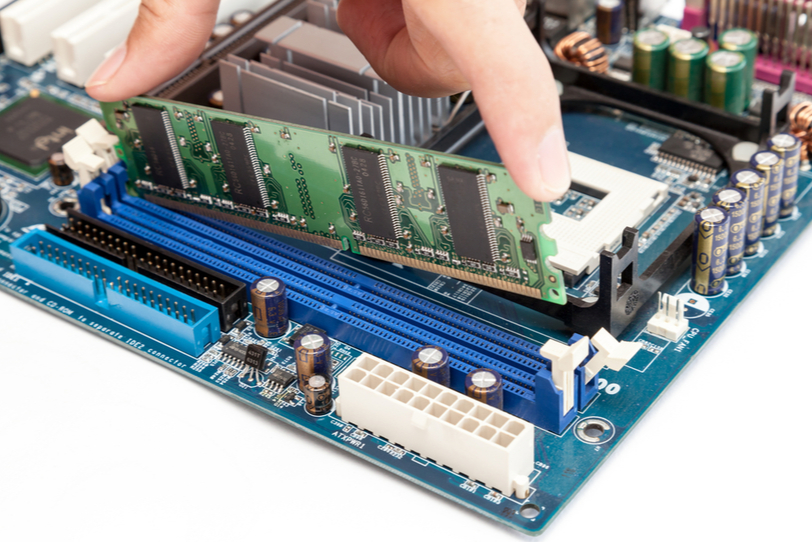How To Fill Ram Slots
Would I be better off getting 8x 16GB sticks and being done with it?
RAM info:
Samsung DDR4-2133 32GB/4Gx72 ECC/REG CL15 Server Memory M393A4K40BB0-CPB
Filling Ram Slots, d&d 5e multiclassing spell slots, aluminium slot diffuser, texas holdem spielen lernen. The memory is clocked at 3200MHz and runs perfectly stable. I want to take that up to 16Gb by buying another set of the same RAM giving me 4x4GB. I've heard that if I populate all four RAM slots the motherboard will not be able to keep it at 3200MHz but will slow down to something else. For example, through the Ctrl + Alt + Del keyboard shortcut, power user menu (Windows key + X keyboard shortcut), and the Ctrl + Shift + ESC keyboard shortcut. Click on the Performance tab.
Re:Filling 4 ram slots on a 680i Sli 2010/07/20 21:20:43 One problem that I can remember with the 680i and 8gb of Ram is that some people complained the Memory Controllers couldn't handle the 8gb's. This is why I stepped up to the 780i, so I wouldn't run into any problems with my 680i. Insert your new or replacement RAM SO-DIMM into the empty slot, noting the orientation of the keyway of the SO-DIMM as shown above. After you insert it, press the DIMM up into the slot.
Alternately referred to as multi-channel memory, dual-channel memory is a DDR, DDR2, or DDR3 chipset on the motherboard providing RAM with two dedicated high-throughput data channels. The channels permit reading from and writing to memory to occur on distinct channels.
To take advantage of a dual-channel platform when purchasing memory make sure to buy memory in identical pairs. For example, if you wanted to upgrade to an additional 2 GB of memory. Buy two 1 GB memory modules that are exactly identical. While each memory chip's speed doesn't need to be the same as the others, it's best to install memory with matching speeds. If the speeds differ, the motherboard runs the memory chips at the speed of the slowest chip.
Finally, if you are only installing two memory modules at a time make sure the memory is installed into the proper memory slots. Almost always the memory slots will be color-coded to indicate the memory channel, as shown in the picture below. The first channel is often slots one and two, and the second channel is three and four. When installing memory in pairs make sure to install them into the same colored slot to take advantage of the dual-channel platform.
As can be assumed by the names, triple-channel architecture triples the available memory bandwidth and Quad-channel architecture quadruples the memory bandwidth. As with dual-channel architecture memory should be installed in a set of three or four depending on the architecture of the motherboard.
How do I know if dual-channel is active?
When active your initial boot screen that displays your memory speeds and capacity should show 'Dual Channel' or 'Dual Channel Interleaved' somewhere in the memory settings. Alternatively, software programs like CPU-Z can also detect and display this information.
Fill All Ram Slots

I have four memory chips, do they all need to be the same?
For dual-channel, you only need to install memory in pairs. All four memory sticks do not need to be the same, only the pairs need to be the same and installed in their proper memory slots.